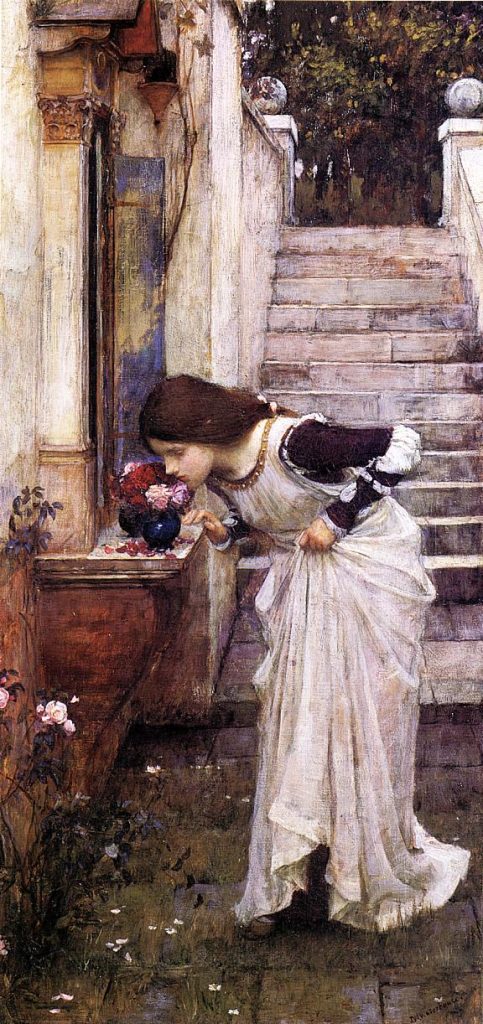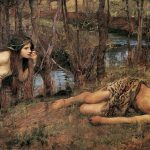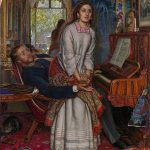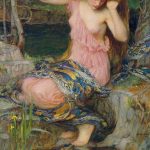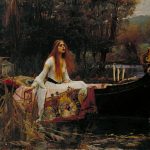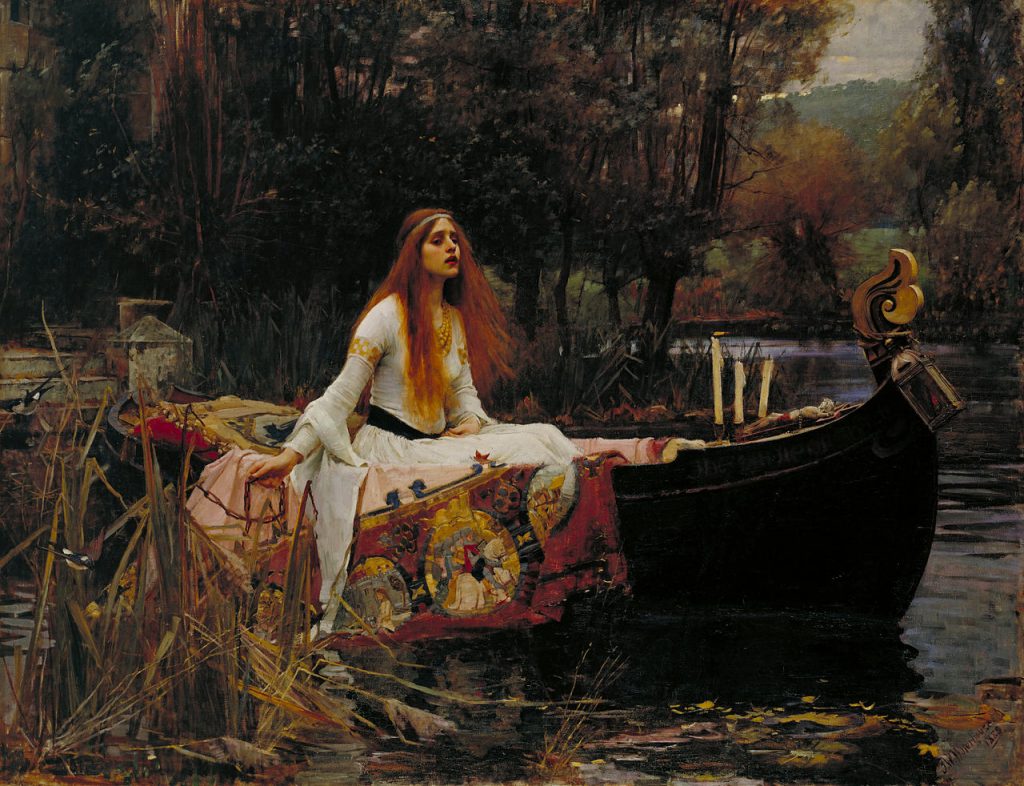
John William Waterhouse (1849-1917) was a British painter known for his association with the Pre-Raphaelite Brotherhood, a group of 19th-century artists who sought to revive the aesthetic principles and techniques of the early Italian Renaissance painters. Waterhouse’s works primarily featured subjects drawn from classical mythology, medieval literature, and Arthurian legends, which were characteristic themes of the Pre-Raphaelite movement.
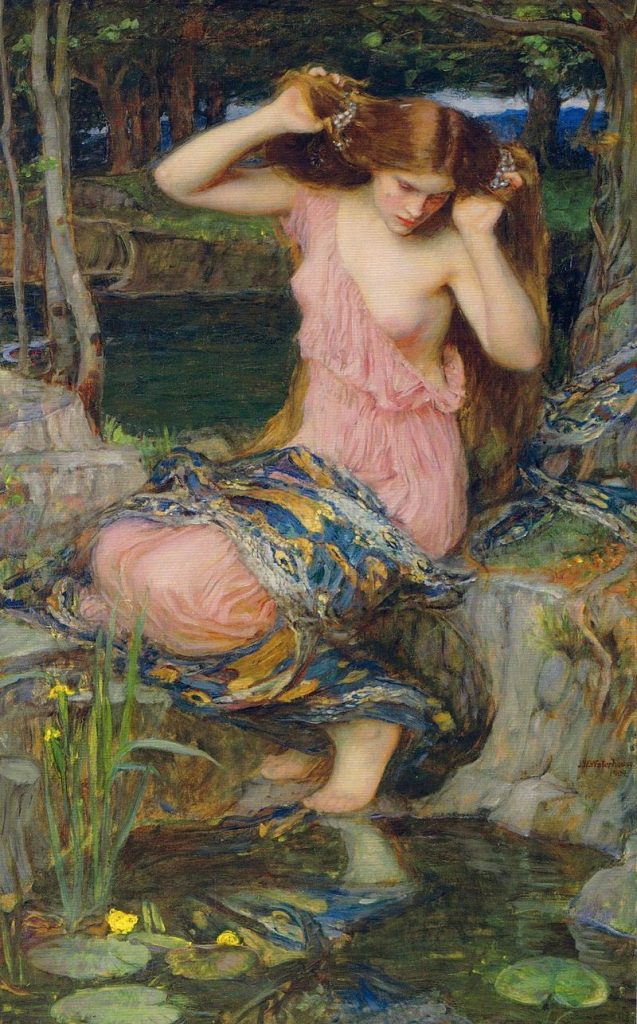
Here are some key points about John William Waterhouse:
- Early Life and Education: Waterhouse was born in Rome, Italy, to English parents. He showed an early aptitude for art and eventually moved to London, where he studied at the Royal Academy of Arts. He was influenced by the works of the Pre-Raphaelite artists, such as Dante Gabriel Rossetti and John Everett Millais.
- Pre-Raphaelite Influence: Waterhouse’s early works were heavily influenced by the Pre-Raphaelite Brotherhood’s style, characterized by intricate detail, vibrant colors, and a focus on nature and symbolism. His art often featured richly textured backgrounds and a meticulous attention to detail.
- Subjects and Themes: Much of Waterhouse’s art revolved around mythological and literary subjects, including characters from Greek mythology like nymphs, sirens, and tragic heroines. He was particularly renowned for his paintings of the Lady of Shalott, which was inspired by the poem of the same name by Alfred, Lord Tennyson.
- Popular Works: Some of his most famous works include “The Lady of Shalott,” “Hylas and the Nymphs,” “The Siren,” “The Lady of Shalott Looking at Lancelot,” and “Circe Invidiosa.”
- Later Career: While Waterhouse’s earlier works were firmly rooted in Pre-Raphaelite principles, his style evolved over time. He incorporated elements of the Aesthetic Movement and Impressionism into his later paintings, leading to a more muted color palette and softer brushwork.
- Legacy: John William Waterhouse’s art has continued to be popular and influential, with his works frequently reproduced and exhibited in art galleries and museums. His unique blend of Pre-Raphaelite and later artistic styles gives his paintings a distinctive and timeless quality.
- Personal Life: Waterhouse married Esther Kenworthy in 1883, and she often served as a model for his paintings. They had two children, and Waterhouse’s wife and daughters also appeared in several of his works.
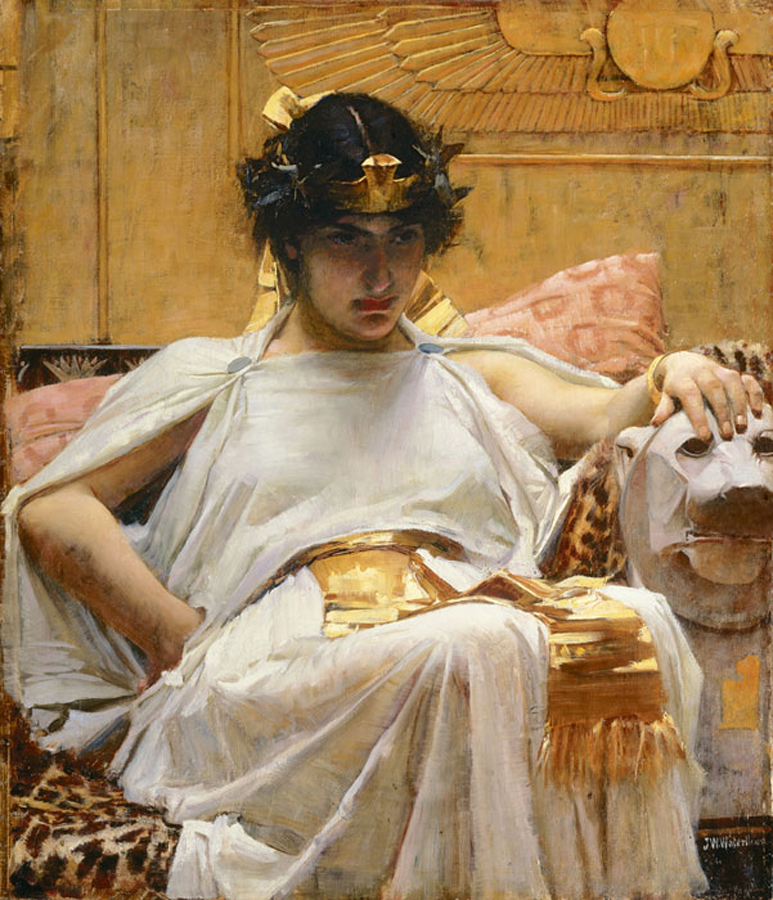
John William Waterhouse’s art remains celebrated for its romantic and dreamlike qualities, and his ability to capture the beauty and mystery of the past in his paintings. His work is a testament to the enduring appeal of the Pre-Raphaelite movement and its influence on the art world.
